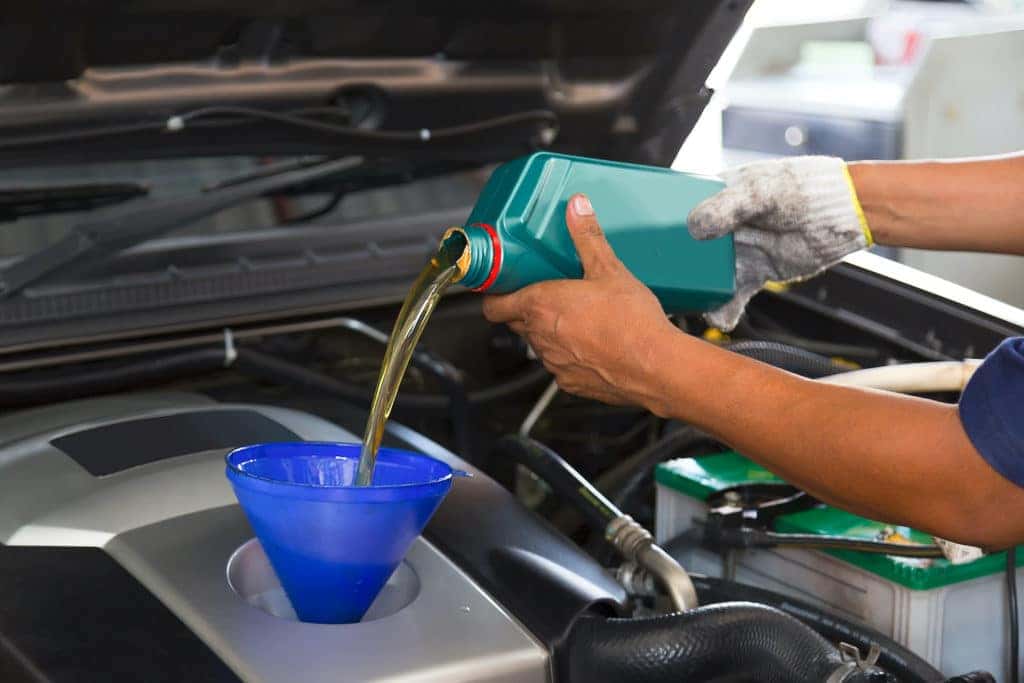Introduction
The history of alternative fuels and vehicles is long, complex, and often contradictory. The first fueling station opened in 1885, with the first electric car charging spot opening in 1896. Electric vehicles faced a lot of challenges in the early 20th century because they were hard to charge and people didn’t trust them to be safe or reliable. By 1940 there were over 20,000 fueling stations selling gasoline across the country, but by the 1970s environmental concerns led to increased interest in electric cars and other alternative fuel vehicles. Today we have over 150,000 gas stations throughout America making it easier than ever before for drivers to choose an environmentally-friendly vehicle without sacrificing convenience or affordability!
The first fueling station was opened in 1885.
The first fueling station was opened in 1885. It was located in the UK and sold coal gas, which was a popular alternative to oil at the time. The station was called a “gasometer,” which is why we still use that word today when referring to large storage tanks for liquid fuels like gasoline or diesel.
By 1940, there were over 20,000 fueling stations selling gasoline across the country.
By 1940, there were over 20,000 fueling stations selling gasoline across the country. This number increased as demand for gasoline grew and peaked in the 1940s when there were over 50,000 gas stations in America. Since then, however, that number has been declining steadily due to advances in technology (such as electric vehicles), improved fuel efficiency and other factors.
In 1971, President Nixon created the Department of Energy and began programs to promote alternative fuels and electric vehicles.
In 1971, President Nixon created the Department of Energy and began programs to promote alternative fuels and electric vehicles. In May 1973, it was given its first mission: to develop alternative fuels and electric vehicles as a response to the Arab Oil Embargo of 1973.
The DOE also worked on promoting energy conservation through its Project Independence program, which aimed at increasing domestic production of oil by 10 million barrels per day by 1980 (this goal was not met), reducing imported oil by 50{a5ecc776959f091c949c169bc862f9277bcf9d85da7cccd96cab34960af80885} within 10 years (this goal was met) and developing technology for mass production of small cars with better gas mileage than today’s cars (this goal was not achieved).
In 1996, California passed a law requiring all new cars sold in the state to be zero emissions vehicles by 2025.
In 1996, California passed a law requiring all new cars sold in the state to be zero emissions vehicles by 2025. This is part of an effort to reduce greenhouse gas emissions and improve air quality. The mandate requires automakers to sell more ZEVs than ICE vehicles–a requirement that increases each year until it reaches 100{a5ecc776959f091c949c169bc862f9277bcf9d85da7cccd96cab34960af80885} ZEV sales by 2040.
The CARB has also introduced other regulations related to infrastructure and fueling stations:
- In 2015, it approved rules requiring all new homes built after January 1st 2020 be wired for EV charging stations (this requirement applies only to new single-family homes).
- Also starting in 2020, all commercial construction projects worth over $1 million must include at least one EV charging station per 10 parking spaces or less than 10 but more than two acres of land area on site; this rule does not apply if there is no parking provided for employees or customers
Today, there are approximately 150,000 gas stations in the United States.
Today, there are approximately 150,000 gas stations in the United States. This number has grown significantly since the first gas station opened its doors in 1885, but it’s still only a fraction of the total number of gas stations that have existed in America over time. In fact, there were more than 200 million cars on U.S. roadways by 2012–and if you include trucks and other vehicles with engines as well as airplanes (which also require fuel), this figure increases substantially further! So while it might seem like 150K isn’t much compared to what you’ve seen before now, keep in mind that every single one of these represents millions upon millions of gallons poured into our vehicles’ tanks every year through an intricate network of infrastructure built up over decades by hardworking people like yourself who want nothing more than better lives for themselves and their families…
There are many examples of infrastructure supporting alternative fuel vehicles throughout history
There are many examples of infrastructure supporting alternative fuel vehicles throughout history. The first fueling station opened in 1885, and by 1940 there were over 20,000 fueling stations selling gasoline across the country. By 1965 there were over 50 million cars on U.S. roads and more than 200 million gallons of motor fuel consumed daily by them–a number which has grown steadily since then (U.S Census Bureau).
Conclusion
The history of infrastructure supporting alternative fuel vehicles is long and varied. From the first fueling stations in the 1880s to President Nixon’s creation of the Department of Energy, there have been many examples of government programs promoting these types of vehicles. Today, we see examples such as California’s zero emissions vehicle mandate in 1996 or even more recent efforts by companies like Tesla Motors that are trying to make electric cars a reality for everyday drivers everywhere. With so much momentum behind these initiatives now than ever before; what will tomorrow bring?





More Stories
Why Dive Bomb Industries Is Trusted by Pro Hunters Nationwide
How to Perform an Oil Change
Several Things You Must Do To Insure Optimal Performance For Your Alternative Fuel Vehicle